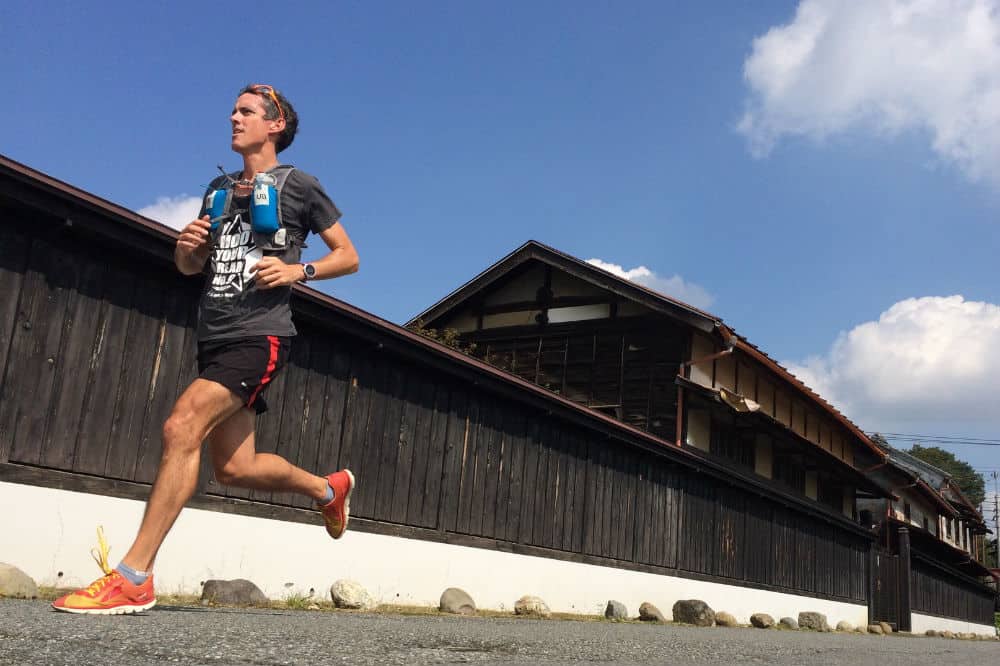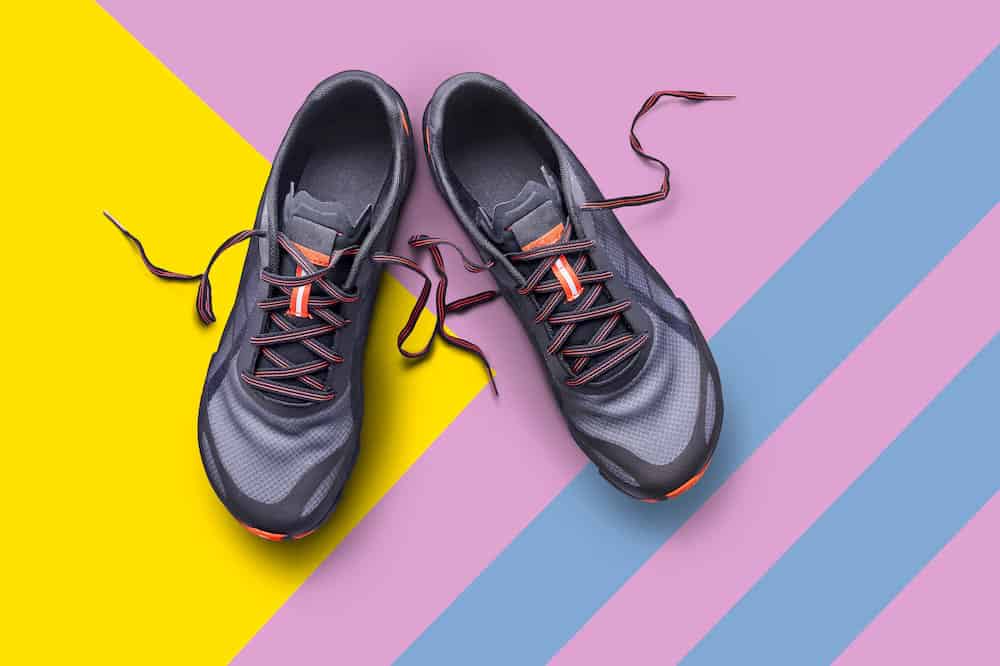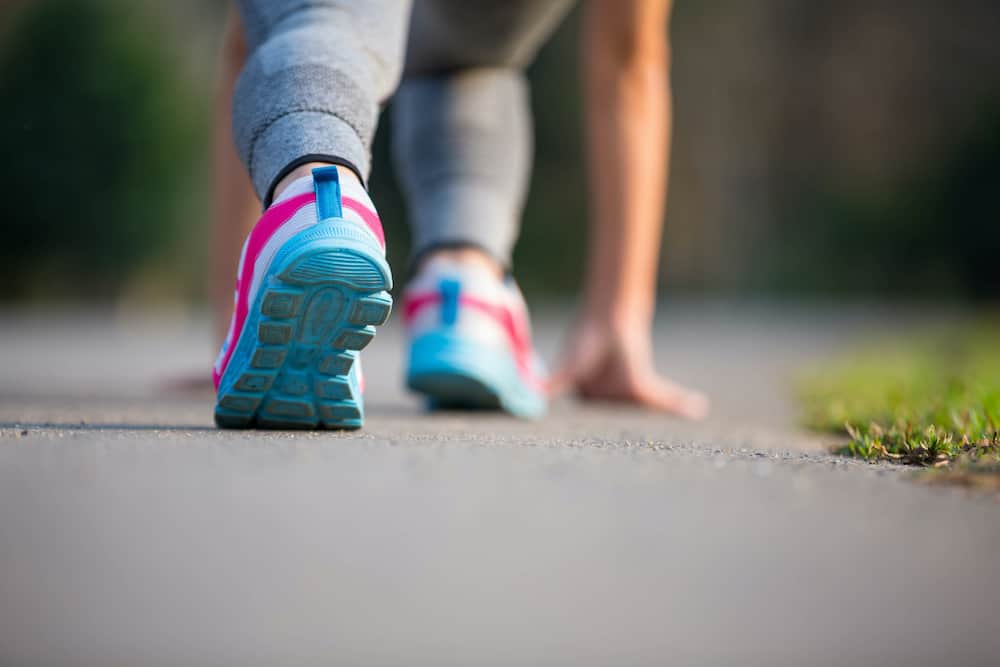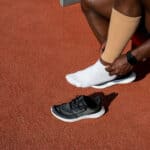We always see and hear different acronyms in our daily encounters that make us wonder what they mean.
One of the most common questions asked by beginning runners is, “What does PR stand for in running?”
Knowing what a particular acronym means from a specific department, such as the field of running, helps us understand it better.
Acronyms and other special lingos create a shorter and more personalized form of communication between people from the same running field.
Sometimes, you will see similar acronyms with different meanings because they come from two various fields.
That is why we should observe caution when creating or using an acronym, making sure that the people you talk to understand it.
What Does PR Stand for in Running?
PR signifies Personal Record indicating your best-recorded performance, especially during training and competitions.
Taking note of your PR gives you the chance to improve your running as you train to be an excellent runner.
You can also use your documented PRs as a guide to see your progress and set up a reasonable goal for you to achieve.
It is not unusual for a runner to have multiple PRs associated with numerous events they have been part of before.
Technically, PRs that come from organized and timed races are considered valid.
How Can One Benefit From a PR?
A personal record or a PR can motivate a runner to be better at what they do and continue training and competing.
We struggle to do our best, not only in sports but also in our daily undertakings, and keeping track of your achievements can drive you to excel.
Seeing your PR can trigger your desire to reach or even surpass your goal and enjoy the benefits.

How Do You Set and Achieve Your PR Goal?
The secret to achieving your goal is to face the challenge but ensuring that it is still realistic and sensible.
Beating your previous time by a few seconds in a particular running distance is still an improvement and should not be downplayed.
Another way to properly set your PR goal is through researching what the average individual in your category achieves.
It is natural to see a significant difference with the results, especially for new runners, but use it as a foundation in setting up your PR.
Make sure to log all your PRs after each run, so you will know if you are making any progress.
Look for an ideal way to record and monitor your PR so that it will be easy for you to check it.
If you have noticed that you are regularly hitting your PR goal, it is time for you to step up with your training without overdoing it.
Other Common Acronyms in Running
Below are some of the most common running acronyms that you can learn and memorize so that you will not feel left out.
1. BQ or Boston Quality
When you hear this acronym from a runner, it means they have been part of the Boston Marathon.
It is the oldest and continuing run marathon known for its hard qualifying time based on the player’s age and gender.
2. DNF: Did Not Finish
This acronym is seen in race results referring to a runner who joined the competition but was not able to complete the course.
Even long-time runners are not spared and typically has a DNF in their belt.
3. DNS: Did Not Start
If a runner registered for the race but did not show up, a DNS will show on the race results beside their name.
It is one way of identifying runners who did not start from those who did not finish.
4. LSD: Long Slow Distance
LSD is an essential part of a runner’s training found in their schedule in preparation for a race, which they usually do on weekends since they can provide more time for a longer run.
5. PB: Personal Best
A PB is similar to a PR, which refers to an athlete’s personal best time for a particular event.
This acronym is more common in Canada, while the USA prefers PR.
6. PW: Personal Worst
Most runners would rather not keep track of their personal worst record at a particular distance,
However, they accept that it is vital for them to see for them to strive harder to achieve their goal.
7. XT: X-Training or Cross-Training
A cross-training is all the other training activities of the player besides running, such as swimming, strength-training, biking, and even yoga.
This kind of training offers a better and comprehensive fitness allowing the runner to improve on their performance on the competition.

Basic Running Terms
It may feel frustrating if you are new to running and you hear running jargon thrown around like it’s a universal term.
To keep you looped in and be part of the circle, apart from acronyms, you should also learn some of the usual running terms you may hear.
1. Form
The term form refers to how a runner holds and positions their body while running, including the arms, legs, and head.
The proper running form is to keep the upper body straight and relaxed while looking forward.
The mid-foot should always be the first to land in every step as the arms swing forward directly from the shoulders.
2. Pace
Completing a mile or kilometer in a particular number of minutes refers to the athlete’s running pace.
Pacing is crucial in various running categories, especially in distance running competitions, because it helps improve one’s speed and performance.
A conversational pace is considered a good running pace for beginners, which means that they can talk while running.
They can also do more than just talk by focusing on how much effort they give instead of focusing on their speed and time.
3. Foot Strike
A foot strike is how a runner’s feet fall on the ground as they run and make individual steps to lessen the impact and prevent injuries.
Runners should make light steps ensuring that they land on their mid-foot each time.
4. Warm-Up
Make sure to warm-up the muscles before running or doing any activity to avoid getting a sprain and being injured.
Warming up for at least five to 15 minutes increases the heart rate and allows blood to flow through the body, especially the muscles.
5. Cool Down
Cooling down is the opposite of warming up since you do it after running, but they are equally crucial.
The process may include slow jogging or walking to regulate breathing and heart rate until its normal state effectively.
6. Strides
Technically, it is the slow and short accelerations, which are the 30-second steps that comprise 90% of the runner’s maximum speed.
Also known as sprinting, it may cause you injury if there is no proper warm-up before running.
7. Splits
A split is the amount of time consumed by the runner to complete a particular distance.
Monitoring one’s splits helps the runner keep a good pace to ensure they reach the desired time.
PR: One of the Most Important Acronyms
The most crucial part of knowing what does PR stand for in running is that you can easily communicate with anyone in the running community.
For some runners, the real purpose of keeping track of their PRs is for them to beat their records by competing with themselves.
For the runners to achieve their goals, being comfortable with what they are wearing is also crucial, especially their footwear.
Running shoes are the primary gear that a runner needs for a comfortable and hassle-free run; hence, you should know what makes a good running shoe.














Hello there! It is an amazing review you have got here. I am sure this post’s quality information will be beneficial to anyone who comes across it. As a runner love talking about my PRs because having a goal helps me stay inspired to keep training and racing.
Thanks for this inspired post!
Hello, Joy, and thank you.
Thank you for your kind words.
Great to hear about your benefit of the article too.
Yes, it is very important to set realistic goals, no matter if you run for fun, get in shape, or tournaments.
One great athletic from Iceland, Ásdís Hjálmsdóttir, have a great site about which you can see here. I have no connection with the site, except I follow it for myself. But I can recommend the site after seeing how she works and following her as a great athlete!
Don’t hesitate to contact me if I can help you with anything else or if you have any questions.
Hello there, athletics is a sport that people love such and we all would certainly be happy seeing how fast bold has always run and that alone shows how we love the sport so much. At first, the acronym PR seems like something I had no idea about and on reading the post it because clear to me. Thanks for sharing
Hello, Justin, and thank you.
Thank you for your kind words.
Great to hear about your benefit of the article too.
Don’t hesitate to contact me if I can help you with anything else or if you have any questions.
Wow, I wouldn’t have learnt about this if you hadn’t just written about it here on your website. This is something that I am very glad to be able to learn. You did a very good job to put this together. I think the whole idea of knowing what pr means is just a good thing because it really will help a person’s own way of doing the whole running. It helps to have a goal and know where one wants to reach. I have never had my own personal record but I will start
Hello, Jay, and thank you.
Thank you for your kind words.
Great to hear about your benefit of the article too.
Don’t hesitate to contact me if I can help you with anything else or if you have any questions.
I had to stop running due to getting old. Every time I went out, I wound up with a new injury. Do you know if there is a particular type of shoe that I could get to help prevent injury while running? Or perhaps a way to run that will not cause injury? I appreciate the list of acronyms. I think I would have the DNF acronym for the Boston Marathon acronym, lol. I might finish crawling….
Hello, rolltide2021, and thank you.
Thank you for your kind words.
About injury, sorry to hear about your injuries problem. It is no running shoes that secure you will not get injured. But some will help you to minium it, depends on your problem, where you run if you run on grass, mud, etc.
You can send me an email, and I will help you as I can.
But having said it, a big reason for many injuries is that people start on to much power! If they have not trained for a while, it is very important to start slow and steady. And do not forget to stretch before and after.
Don’t hesitate to contact me if I can help you with anything else or if you have any questions.
Great article, I usually run every morning, but I never think about PR, I just run as of my habit. Especially, the basic running terms are very fruitful and teach me a lot about the form, space, foot strike, warm-up, .etc.
Thanks for sharing this article, and I also download your ebook for reading more detail.
Hello, Sean Sorath, and thank you.
Thank you for your kind words.
Great to hear about your benefit of the article too.
Don’t hesitate to contact me if I can help you with anything else or if you have any questions.